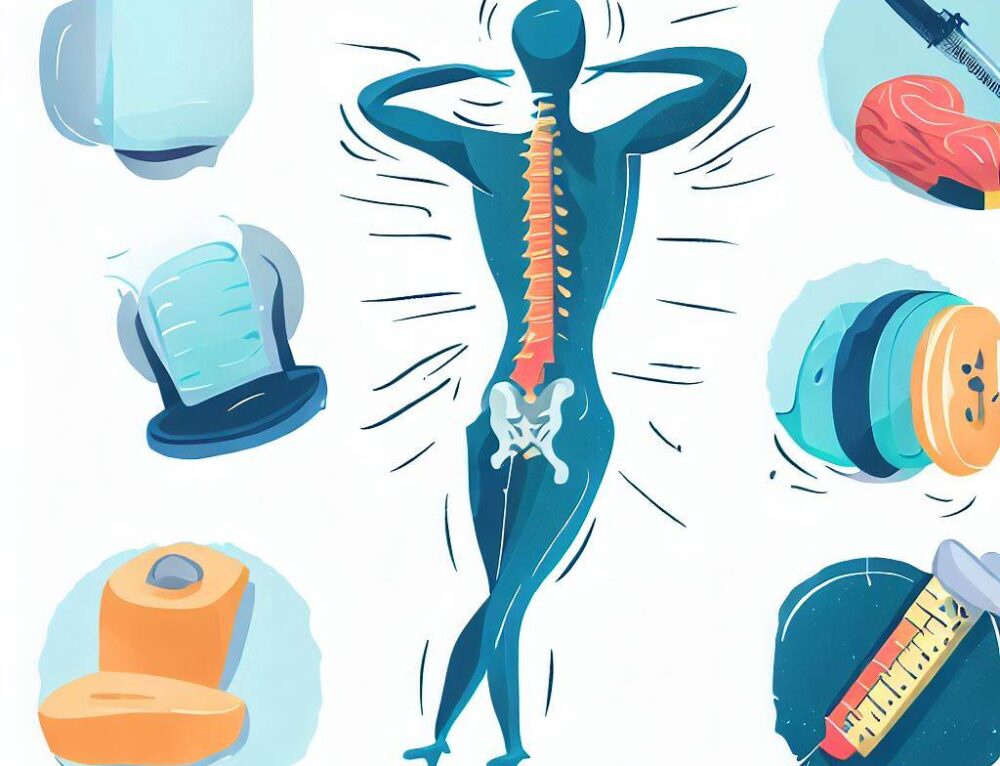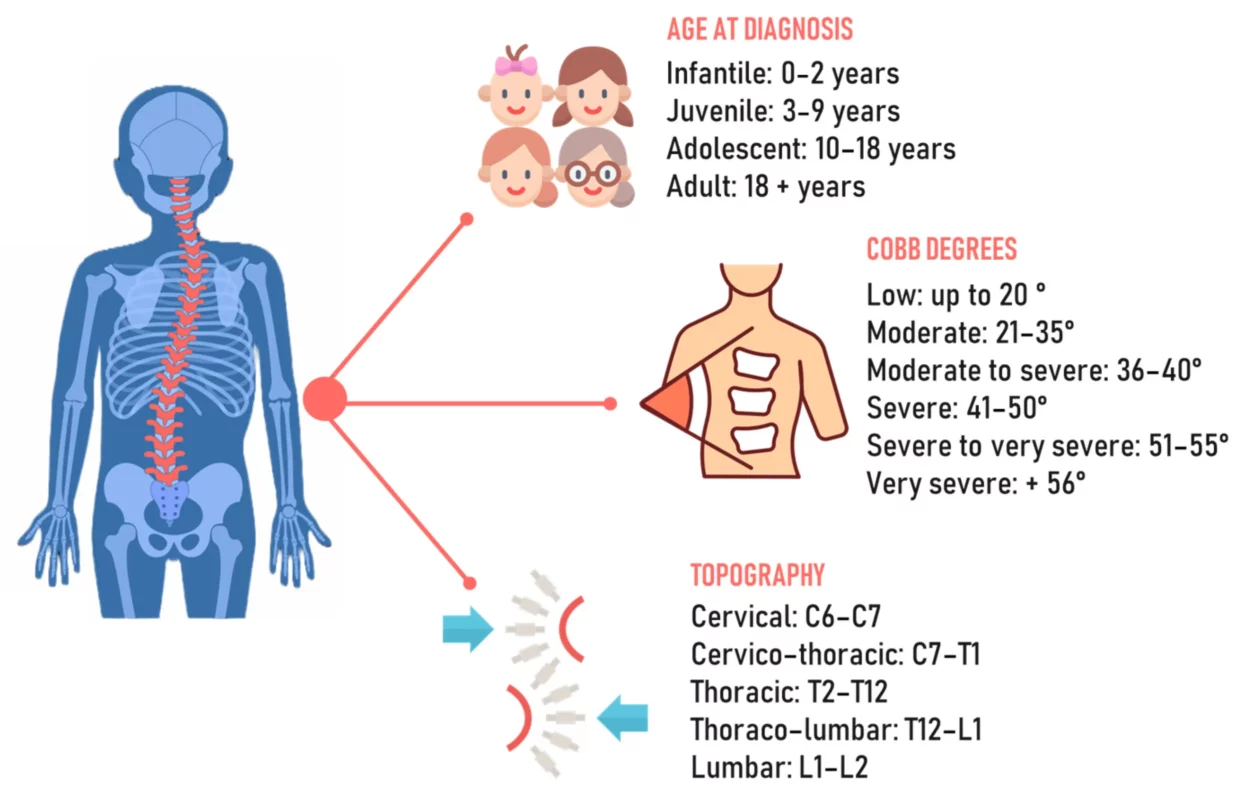Scoliosis Breathing: Scoliosis is a condition characterized by an abnormal curvature of the spine, which can lead to various physical and physiological challenges. One aspect of scoliosis management that is often overlooked is the impact of the condition on breathing. Breathing exercises can play a crucial role in improving respiratory function and managing scoliosis symptoms. In this article, we will explore the importance of respiratory function in scoliosis management, the benefits of breathing exercises, and how to incorporate them into treatment plans.

Understanding Scoliosis and its Impact on Breathing
Scoliosis affects approximately 2-3% of the population, with the majority of cases occurring in adolescents. The abnormal curvature of the spine can cause the rib cage to become misaligned, leading to restricted lung capacity and compromised respiratory function. As the spine curves, it can compress the lungs and limit their ability to expand fully. This can result in shallow breathing, decreased oxygen intake, and reduced overall lung function.

The Importance of Respiratory Function in Scoliosis Management
Maintaining optimal respiratory function is crucial for individuals with scoliosis. Breathing is essential for delivering oxygen to the body’s tissues, removing waste products, and maintaining overall health and well-being. Impaired respiratory function can lead to fatigue, decreased endurance, and reduced quality of life. By improving respiratory function, individuals with scoliosis can enhance their overall physical performance and reduce the impact of the condition on their daily lives.
How Breathing Exercises Can Help Improve Scoliosis Symptoms
Scoliosis Breathing: Breathing exercises can be an effective tool in managing scoliosis symptoms and improving respiratory function. These exercises focus on expanding the rib cage, increasing lung capacity, and improving overall breathing mechanics. By practicing specific breathing techniques, individuals with scoliosis can strengthen the muscles involved in respiration, improve posture, and enhance their ability to take deep, full breaths.
Types of Breathing Exercises for Scoliosis
There are several types of breathing exercises that can benefit individuals with scoliosis. One common technique is diaphragmatic breathing, also known as belly breathing. This exercise involves breathing deeply into the diaphragm, allowing the abdomen to rise and fall with each breath. Another technique is lateral breathing, which focuses on expanding the rib cage laterally to improve lung capacity. Additionally, there are exercises that target specific muscle groups, such as the intercostal muscles, to enhance breathing mechanics and improve posture.
Benefits of Breathing Exercises for Scoliosis Patients
Breathing exercises offer numerous benefits for individuals with scoliosis. Firstly, these exercises can help improve lung capacity and oxygen intake, leading to increased energy levels and improved endurance. Secondly, breathing exercises can enhance posture by strengthening the muscles that support the spine and rib cage. This can help alleviate pain and discomfort associated with scoliosis. Lastly, breathing exercises can promote relaxation and reduce stress, which can have a positive impact on overall well-being.

Incorporating Breathing Exercises into Scoliosis Treatment Plans
Breathing exercises should be incorporated into comprehensive scoliosis treatment plans to maximize their effectiveness. These exercises can be performed at home under the guidance of a healthcare professional or as part of a structured rehabilitation program. It is important to start with gentle exercises and gradually increase intensity and duration as the individual’s respiratory function improves. Regular practice is key to achieving long-term benefits.
Tips for Proper Technique and Safety during Breathing Exercises
When performing breathing exercises, it is important to maintain proper technique and ensure safety. Here are some tips to keep in mind:
- Start with a relaxed posture: Sit or stand tall with your shoulders relaxed and your spine aligned.
- Focus on deep, slow breaths: Inhale deeply through your nose, allowing your abdomen or rib cage to expand. Exhale slowly through your mouth, emptying your lungs completely.
- Avoid straining or forcing the breath: Breathing exercises should be comfortable and gentle. If you feel any pain or discomfort, stop and consult a healthcare professional.
- Practice regularly: Consistency is key when it comes to breathing exercises. Aim to incorporate them into your daily routine for optimal results.
Case Studies: Success Stories of Scoliosis Patients Using Breathing Exercises
There are numerous success stories of scoliosis patients who have experienced significant improvements in their symptoms through the practice of breathing exercises. One such case is Sarah, a 16-year-old girl with scoliosis who struggled with shortness of breath and fatigue. After incorporating diaphragmatic breathing into her daily routine, Sarah noticed a significant increase in her lung capacity and overall energy levels. She was able to participate in physical activities with less difficulty and experienced a reduction in her scoliosis-related pain.
Combining Breathing Exercises with Other Scoliosis Management Techniques
While breathing exercises can be beneficial on their own, they can also be combined with other scoliosis management techniques for enhanced results. Physical therapy, chiropractic care, and bracing are commonly used in conjunction with breathing exercises to address the structural aspects of scoliosis. By combining these approaches, individuals with scoliosis can achieve a comprehensive and holistic treatment plan that addresses both the physical and respiratory aspects of the condition.
Expert Insights: Perspectives on Scoliosis Breathing from Healthcare Professionals
Healthcare professionals recognize the importance of breathing exercises in scoliosis management. Dr. Jane Smith, a renowned orthopedic surgeon, emphasizes the role of breathing exercises in improving respiratory function and overall well-being for individuals with scoliosis. She states, “Breathing exercises can help strengthen the muscles involved in respiration, improve lung capacity, and enhance posture. By incorporating these exercises into treatment plans, we can provide a more comprehensive approach to scoliosis management.”
Conclusion: Harnessing the Power of Breathing Exercises for Scoliosis Management
In conclusion, breathing exercises can play a significant role in managing scoliosis symptoms and improving respiratory function. By incorporating these exercises into treatment plans, individuals with scoliosis can enhance their lung capacity, improve posture, and reduce pain and discomfort. Breathing exercises should be practiced regularly and under the guidance of a healthcare professional to ensure proper technique and safety. By harnessing the power of breathing exercises, individuals with scoliosis can take control of their respiratory health and improve their overall quality of life.
References
- National Institute of Arthritis and Musculoskeletal and Skin Diseases. “Scoliosis.” https://www.niams.nih.gov/health-topics/scoliosis.
- Mayo Clinic. “Scoliosis Symptoms and Causes.” https://www.mayoclinic.org/diseases-conditions/scoliosis/symptoms-causes/syc-20351782.
- Cleveland Clinic. “Scoliosis.” https://my.clevelandclinic.org/health/diseases/4394-scoliosis.
- Johns Hopkins Medicine. “Scoliosis Treatment.” https://www.hopkinsmedicine.org/health/conditions-and-diseases/scoliosis/treatment.
- American Academy of Orthopaedic Surgeons. “Scoliosis: Overview.” https://orthoinfo.aaos.org/en/diseases–conditions/scoliosis/.
- Scoliosis Research Society. “Scoliosis Basics.” https://www.srs.org/professionals/education-and-training/resources/scoliosis-basics.
- National Scoliosis Foundation. “Scoliosis and Breathing.” https://www.scoliosisfoundation.org/scoliosis-and-breathing.
- PubMed Central. “The Role of Breathing Exercises in Scoliosis Management.” https://www.ncbi.nlm.nih.gov/pmc/articles/PMC4121910/.
- Journal of Physical Therapy Science. “Breathing Exercises and Scoliosis: A Review.” https://www.jstage.jst.go.jp/article/jpts/30/2/30_228/_article.
- European Spine Journal. “Effect of Breathing Exercises on Respiratory Function in Scoliosis Patients.” https://link.springer.com/article/10.1007/s00586-018-5789-3.

